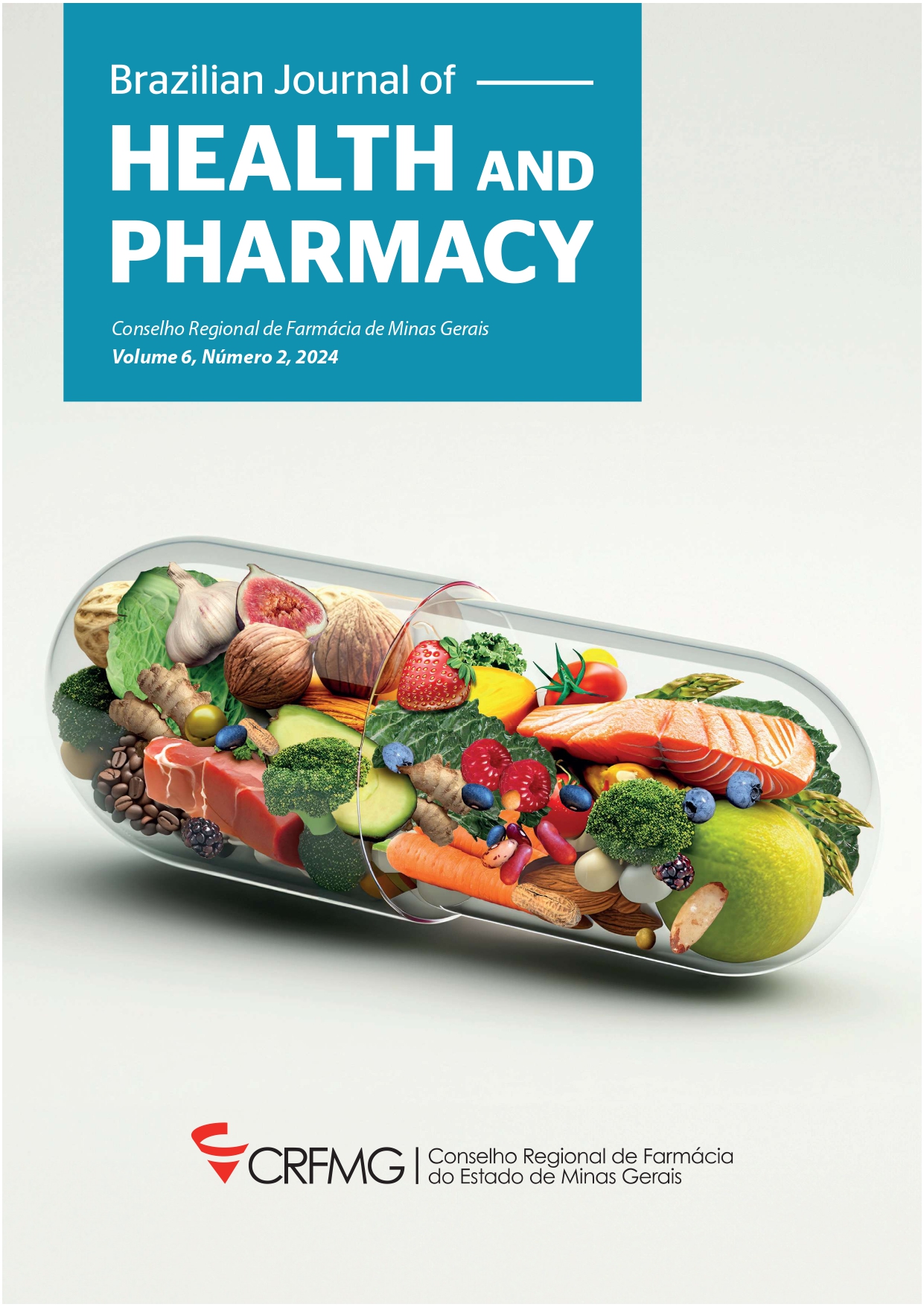Abstract
Along with the advancement of health care focused on patient safety at all stages of care, the drug distribution system has also developed. Currently, the collective, individualized and unit-dose systems present well-established diferences. Among them, the time of care provided to the patient, the cost of implementing the method and the safety in the use of medications. Therefore, the objective of this article is to characterize the main distribution systems implemented by public and private hospitals in Brazil, relating them with important parameters that indicate process quality and health care, in addition to presenting the advantages and disadvantages of each system. In order to define the most secure, rational and economical system today. To do so, books, literature and reports from the Ministry of Health were used, in addition to the Pubmed, SciELO and Google Scholar databases. In Brazil, collective, individualized and mixed systems are still widely used, despite the numerous disadvantages associated with traditional systems. For the Brazilian reality, the distribution systems of individualized direct medication and per unit dose offer the best cost-benefit, enabling better drug therapy and patient care, reducing the medication errors, the deviations and the loss of medications considerably, and consequently, reducing the costs to the hospital. Therefore, the unit dose distribution system is the safest, most rational and economical method currently available.

